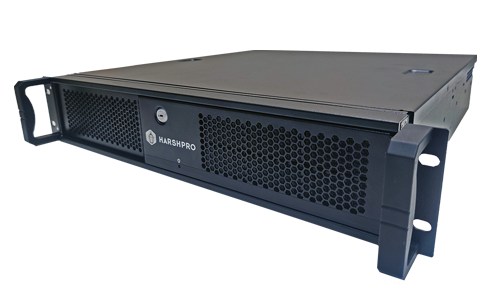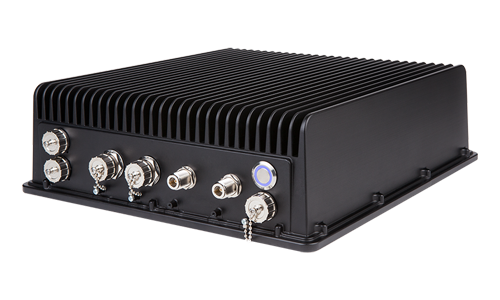Background
For enterprises with distributed operations and varying environments, being able to run applications everywhere is especially critical. Teams are looking for flexible ways to nimbly deliver and scale new applications and updates across hybrid environments seamlessly and quickly in response to changing business needs.
Business Challenges
For enterprises with operations at the edge, environments are often harsh and require infrastructure that is modular and flexible to their specific needs. Limited connectivity is a key issue and with no IT resources on site, infrastructure needs to be optimized for containerized applications and virtualization.
Applications at the edge need to be able to run offline with no loss of functional performance and data, as well as be remotely managed and sync to the cloud when connectivity is established. It is challenging to find equipment on the market today that can withstand and deliver seamless and consistently high performance in harsh environments.
Solutions
HarshPro™ Servers are rugged server class hardware designed to support containerization and virtualization whilst offering high availability and performance in harsh IP66 conditions at the edge. With no moving parts, the need and costs of on-site servicing and maintenance is drastically reduced.
In addition, HarshPro Servers are 100% remotely managed, enabling scalability and compute elasticity despite constraints at edge locations. Configurable for memory, storage and connectivity, HarshPro servers integrate edge deployments into the overall structure and consolidate multiple applications on single or clustered machines at the edge which allows for high redundancy and business continuity.
Benefits
HarshPro Servers offer seamless edge infrastructure enabling applications to run anywhere and scale as required, making deployment and maintenance of infrastructure easier. Enterprises can run services and applications in low power and resource constrained environments with no loss of performance even in harsh conditions.
Data collection and analytics are consolidated into a single function on site, reducing latency in analysis and decision making. The result is higher performance and consolidation of infrastructure at a lower total cost of ownership.
Featured Products

HarshPro IP20 Server




